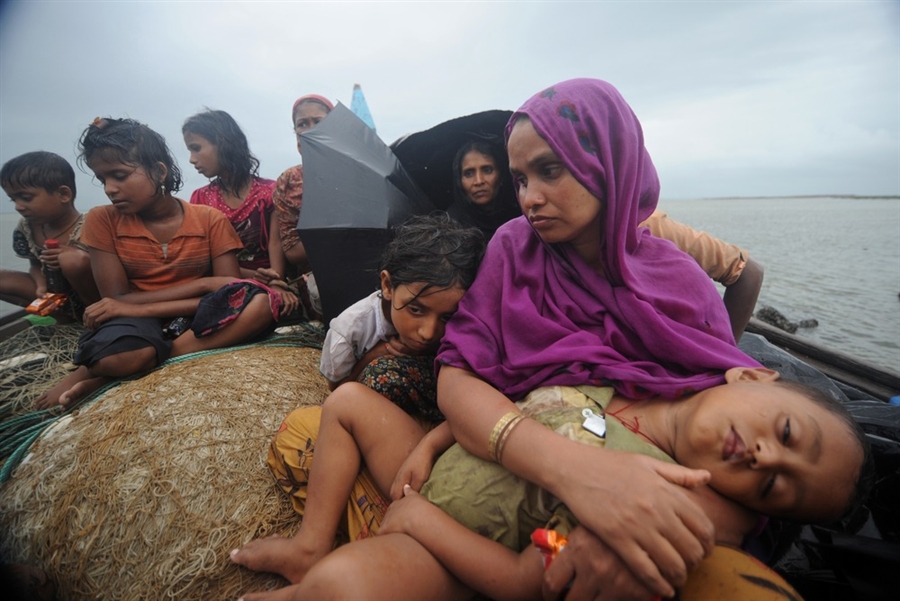The Amnesty International?s Dutch magazine, ‘Wordt Vervolgd? invited six world recognised experts to look back at human rights issue?s of 2012.
It is a special feature of 6 images which represent 6 human rights issue?s from 2012. Last year AI had a similar successful feature by 6 international respected photographers about the arab spring.
The following photograph by Pathshala alumni Munir uz Zaman was selected by Shahidul Alam.

What is remarkable about this photograph is the absence of a gaze. Except for the woman who appears to look straight past the photographer it is as if the refugees have withdrawn from the world itself. Hounded by one nation, rejected by another, they are forced to return to their persecutors. Being returned to the jaws of death by the people they had considered their saviours. Land is the only material possession of an agrarian community. Farmers leave only when no other option exists. Their only hope is the belief that someone will shelter them from harm. Respond to their helplessness.
It is only at times like these that women and children venture out on their own. Facing strangers, men, in lands unknown, they willingly face probable dangers to flee certain ones. Bangladesh is not a signatory to the 1951 Refugee Convention or its 1967 protocol, but as a predominantly Muslim nation it theoretically offers a less hostile environment relative to the largely Buddhist Myanmar state which accuses Rohingyas of instigating violence. Given that millions of Bangladeshis were sheltered by neighbouring India during Bangladesh?s own civil war, sending back persecuted Rohingya refugees is callous in religious, historical and humanitarian grounds.
Pages from WV_NR12
Skip to content
Musings by Shahidul Alam
